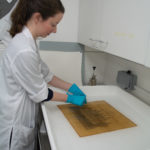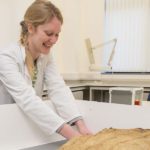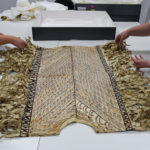A Canadian in Glasgow

by Aisling Macken, 2nd year student, MPhil Textile Conservation. One of the most interesting aspects of travelling and living in a new country is experiencing the differences in culture. Being in Scotland, one of the biggest cultural differences to Canada is football culture. After living in Glasgow for a year and a half, I was finally… Continue reading










